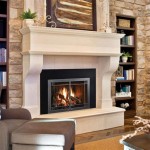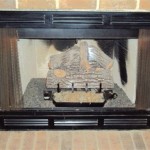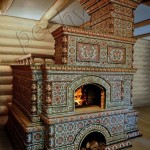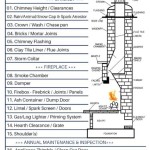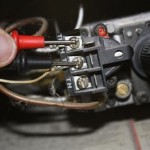Installing a Gas Starter Wood Burning Fireplace
Adding a fireplace to your home can enhance its ambiance and warmth, particularly during colder months. A wood-burning fireplace offers a classic and cozy experience, but starting a fire can be challenging, especially for beginners. A gas starter can simplify the process, providing a convenient and reliable way to ignite the wood. This article explores the installation process of a gas starter for a wood-burning fireplace, offering a clear and informative guide for homeowners.
Choosing the Right Gas Starter
The first step is to select the appropriate gas starter for your fireplace. Different types of gas starters are available, each with its own features and advantages. Common options include:
- Electronic Ignition: These starters utilize a spark to ignite the gas, offering a clean and efficient option.
- Pilot Light Ignition: This traditional method utilizes a small, constantly burning flame to ignite the gas. While reliable, it may consume more gas than the electronic option.
- Remote Control Ignition: Some gas starters come equipped with remote controls, allowing for convenient ignition from a distance.
Consider factors such as your budget, desired features, and the existing fireplace infrastructure when making a selection. Consulting with a professional fireplace installer can provide guidance and recommendations tailored to your specific needs.
Installation Process
Installing a gas starter involves several steps that require careful attention to safety and proper procedure. It is recommended to seek professional help from a qualified fireplace installer for this process. DIY installation should only be attempted by experienced individuals who are familiar with plumbing and gas lines.
The general installation process typically involves the following steps:
- Determining Gas Supply: The first step is to determine the location of the gas supply line for your fireplace. If no existing line is available, a new line will need to be installed.
- Installing the Gas Valve: A gas valve needs to be installed on the gas supply line, which will control the flow of gas to the starter. This valve should be properly sized and certified for the gas starter.
- Connecting the Gas Starter: The gas starter is connected to the gas valve using a flexible gas line. The connection needs to be secure to prevent leaks.
- Testing for Leaks: After the connection is made, it is crucial to test for leaks. This can be done by applying soapy water to the connections and observing for bubbles, which indicate a leak.
- Final Adjustments: Once the installation is complete, final adjustments may be needed to ensure proper gas flow and ignition.
Safety Precautions
Gas starters are a valuable tool for igniting fires, but they also pose safety risks if not installed and used correctly. It is essential to follow these safety precautions:
- Ventilate the Area: Ensure adequate ventilation is provided during installation and operation to prevent carbon monoxide buildup.
- Keep Flammables Away: Store flammable materials away from the fireplace and gas starter to avoid accidents.
- Regular Maintenance: Conduct regular maintenance checks to ensure the gas starter is functioning correctly and free of leaks.
- Follow Manufacturer’s Instructions: Carefully read and follow the manufacturer’s safety instructions and guidelines for operating the gas starter.
By following these safety precautions and adhering to proper installation procedures, homeowners can enjoy the convenience and reliability of a gas starter for their wood-burning fireplace, creating a warm and inviting atmosphere in their homes.
.png?strip=all)
How To Install A Log Lighter Fireplace Gas Starter Pipe

How To Install A Log Lighter Fireplace Gas Starter Pipe
.png?strip=all)
How To Install A Log Lighter Fireplace Gas Starter Pipe

Log Lighters Gas Starter Pipes Steel Cast Iron

How To Install A Log Lighter Fireplace Gas Starter Pipe

How To Install A Log Lighter Fireplace Gas Starter Pipe

Want To Convert Gas Wood Fireplace Full Service Chimney

Gas Fireplace Starters In Chicago Capital Chimney Corp

How To Install A Log Lighter Fireplace Gas Starter Pipe

Gas Fireplace Starters In Chicago Capital Chimney Corp


